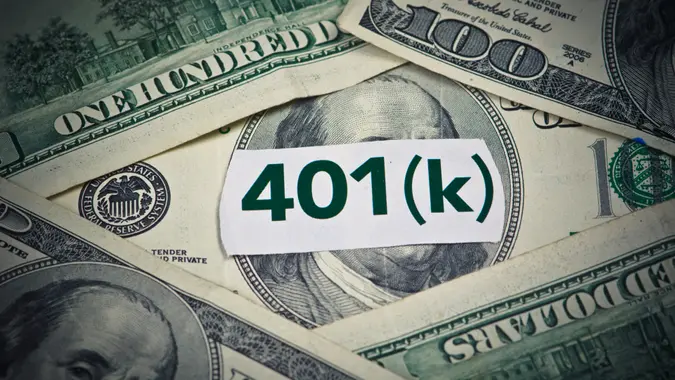Here’s How Much You Need To Retire With a $150K Lifestyle

Commitment to Our Readers
GOBankingRates' editorial team is committed to bringing you unbiased reviews and information. We use data-driven methodologies to evaluate financial products and services - our reviews and ratings are not influenced by advertisers. You can read more about our editorial guidelines and our products and services review methodology.

20 Years
Helping You Live Richer

Reviewed
by Experts

Trusted by
Millions of Readers
Retiring on $150,000 a year sounds pretty comfortable. You can travel, eat out regularly and generally just enjoy a pretty fabulous lifestyle.
But how much do you actually need saved to pull it off? Let’s break down the real math.
The 4% Rule (Your Starting Point)
Financial planners often use the 4% rule as a baseline. The idea is simple: You can withdraw 4% of your retirement savings each year without running out of money over a 30-year retirement.
If you want $150,000 annually, here’s the math:
$150,000 ÷ 0.04 = $3,750,000
You’d need $3.75 million saved to retire with a $150,000 lifestyle using this rule.
But Wait, There’s Social Security
Most people forget to factor in Social Security, which can significantly reduce how much you need saved. The average Social Security benefit in 2025 is around $1,900 per month, or $22,800 per year. Higher earners can receive up to about $4,800 monthly, or $57,600 annually.
Let’s say you’re a higher earner who’ll receive $50,000 per year from Social Security. Now you only need your savings to cover $100,000 annually.
$100,000 ÷ 0.04 = $2,500,000
That drops your savings target to $2.5 million, a $1.25 million difference.
The Tax Factor Everyone Ignores
Here’s where it gets tricky. That $150,000 lifestyle is after-tax money. If you’re withdrawing from traditional 401(k) plans and IRAs, you’ll pay income tax on those withdrawals.
Let’s assume you’re in a 20% effective tax bracket in retirement (federal and state combined). To have $150,000 after taxes, you actually need to withdraw more:
$150,000 ÷ 0.80 = $187,500
Your pretax withdrawal needs to be $187,500. Subtract your $50,000 Social Security (which is partially taxable, but let’s keep it simple), and you need $137,500 from savings.
$137,500 ÷ 0.04 = $3,437,500
Now we’re back up to needing about $3.4 million saved.
Roth Accounts Change the Game
If you’ve saved money in Roth IRAs and Roth 401(k) plans, those withdrawals come out tax-free. The more you have in Roth accounts, the less you need overall because you’re not losing a chunk to taxes.
Let’s say half your savings is in Roth accounts. You’d withdraw $75,000 tax-free from a Roth and $75,000 from traditional accounts (which after 20% tax gives you $60,000). Add your $50,000 Social Security and you’re at $185,000 gross, which is pretty close to your $150,000 after-tax goal.
In this scenario, you’d need roughly $3 million total ($1.5 million in Roth, $1.5 million in traditional accounts).
Healthcare Costs Before Medicare
If you retire before 65, healthcare is a massive expense that most people underestimate. Private health insurance can easily cost $1,500 to $2,000 per month per person until Medicare kicks in.
For a couple retiring at 60, that’s potentially $50,000 to $75,000 annually just for health insurance for five years. You’ll need to factor this into your $150,000 lifestyle or save extra to cover it separately.
The Real Answer (It Depends)
Based on these calculations, here’s what you realistically need:
Bare minimum: $2.5 million (assuming high Social Security, good health, favorable taxes)
Comfortable target: $3 million to 3.5 million (accounting for taxes, healthcare, inflation buffer)
Safe amount: $4 million (giving you flexibility and cushion for market downturns)
The exact number depends on your Social Security benefits, tax situation, healthcare needs, where you live and how much risk you’re comfortable taking.
But if you’re aiming for a $150,000 annual lifestyle in retirement, getting to at least $3 million in savings is a solid target to shoot for.
 Written by
Written by  Edited by
Edited by 

























